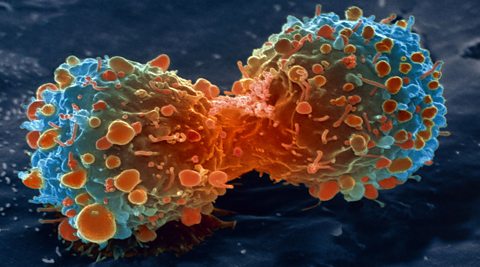Ionising radiation
Ultraviolet waves, X-rays and gamma rays are types of ionising radiation.
This means that they have enough energy to knock electrons from the shells of atoms, turning them into ionElectrically charged particle, formed when an atom or molecule gains or loses electrons..
This process of ionisation can damage DNA in cells, leading to mutations in cells, which, in turn, can lead to cancer.

In order to be safe, exposure to ionising radiation needs to be kept as low as possible, especially for people who work with this type of radiation every day in hospitals.
A radiographer using X-rays in a hospital has to stand behind a lead shield or be in another room when the X-ray machine is being operated.
Ultraviolet radiation and suntan
Ultraviolet radiation - UV - is found naturally in sunlight.
We cannot see or feel ultraviolet radiation, but our skin responds to UV exposure by turning darker over time.
This is called a suntan.
This happens as our bodies attempt to reduce the amount of ultraviolet radiation reaching deeper skin tissues.
Darker skins absorb more ultraviolet light, so less ultraviolet radiation reaches the deeper tissues.
This is important, because prolonged exposure to ultraviolet radiation can cause skin cancer and damage to eyes.
It is sensible to wear high protection, UV blocking sunscreen on sunny days to avoid skin cancer.
Overexposure of our eyes to ultraviolet radiation can cause blindness, so we should also wear hats and sunglasses on sunny days.
It is worth remembering:
- Reflections from snow, sand and concrete increases the intensity of UV radiation.
- A light cloud cover does not block UV from the sun, and can still reach your skin.
- Water reflects only a small amount of UV. The rest can penetrate below the water's surface, and so you are not safe from UV in the sea.
The following practices are recommended to minimize UV exposure when outdoors:
- Avoid midday sun (10:00 a.m. - 3:00 p.m.).
- Wear clothing that is tightly woven to block sunlight.
- Wear a broad-brimmed hat that will shade your face, neck, and ears.
- Apply waterproof sunscreen - Factor 30 or higher, to all sun exposed skin – don’t forget your ears and nose.
- Wear UV protection sunglasses.